In August of 1961, the German Democratic Republic (East Germany) began erecting a barrier to prevent East Berliners and other Eastern Bloc citizens from fleeing into West Berlin. Walls that started as small barriers became, over time, massive concrete structures dotted with watchtowers overlooking buffer zones known as “death strips.” During the 28 years it stood, only about 5,000 people managed to cross over the wall, escaping into West Berlin. More than 100 are believed to have been killed in the attempt, most shot by East German border guards. In 1989, waves of protest in East Berlin and a flood of defections through neighboring Hungary and Czechoslovakia led the government to finally allow free passage across the border on November 9. West German citizens swarmed the wall, pulling parts of it down with hammers and machinery, an act that set the stage for Germany’s reunification.
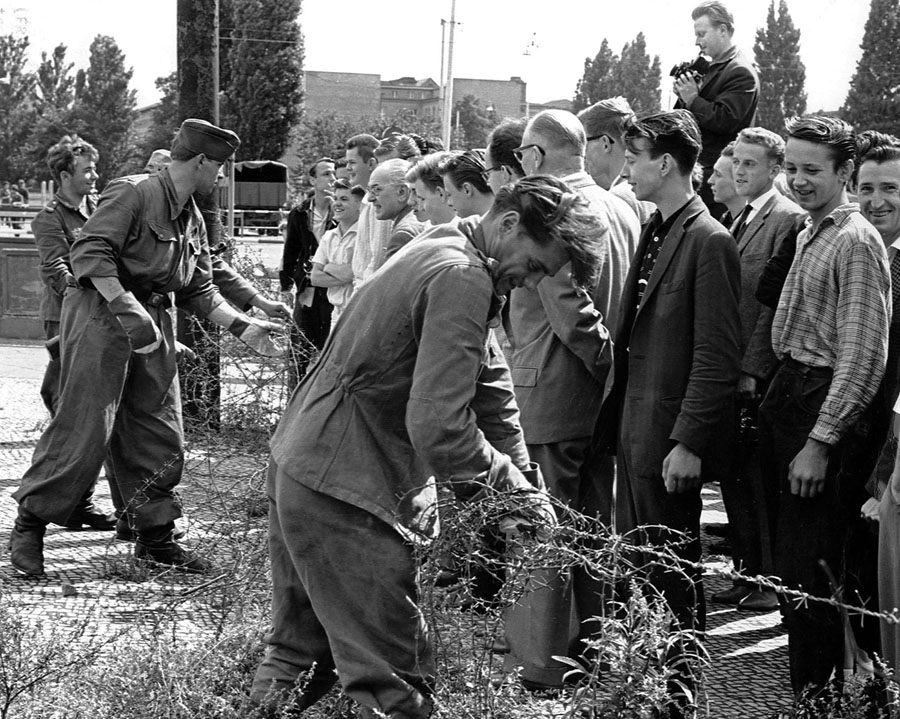
East German soldiers, left, set up barbed wire barricades at the border separating East and West Berlin on August 13, 1961. West Berlin citizens, right, watch the work. #
AP

A young East Berliner works on a concrete wall that was later topped by barbed wire at a sector border in the divided city on August 18, 1961. People’s police stand guard in background as another worker mixed cement. #
AP

Under the eye of a communist “people’s policeman”, East Berlin workers with a power shovel destroy one of a number of cottages and one-family houses along a sparsely settled stretch of the east-west Berlin boundary in October of 1961. #
National Archives

Tracks of the Berlin elevated railroad stop at the border of American sector of Berlin in this air view on August 26, 1961. Beyond the fence, communist-ruled East Berlin side, the tracks have been removed. #
Eddie Worth / AP

Workers set up a sign, warning pedestrians they are leaving the American sector of Berlin, Germany, on Wiener Strasse (Vienna Street) in the district of Kreuzberg in West Berlin, on August 13, 1961. In the background is the Berlin Wall that divides East and West Berlin. #
AP

Russian (background) and American (foreground) tanks face each other at the Friedrichstrasse checkpoint in Berlin, during the construction of the Berlin Wall, on October 28, 1961. #
Keystone / Hulton Archive / Getty

A young girl gazes pensively through the pane of her apartment window, which reflects the image of barbed wire fencing that tops the nearby Berlin Wall, in December of 1962. #
Paul Schutzer / The LIFE Picture Collection via Getty

After East Germans jumped to freedom in the West, the windows of this building on the eastern side of the wall were bricked over. The building was later demolished. Photographed in 1962. #
Flip Schulke / Getty

One of six West Berliners who dug a 20-inch-wide tunnel under a border street to East Berlin crawls out sometime over the weekend of June 8-10, 1962. Sixteen East Berliners, relatives of the diggers, came through the tunnel dragging an infant behind them in a wash basin. The tunnel was believed to have been discovered early June 12, a few hours after the 17 reached the West. #
Bettmann / Getty

A 75 year-old woman is helped into Tunnel 57, through which 57 East Berlin citizens escaped to the Western sector of the city on October 3 and 4, 1964. The tunnel was dug from West to East by a group of 20 students led by Joachim Neumann, from a disused bakery building on Bernauer Strasse, under the Berlin Wall, to a building 145 meters away on Strelitzer Strasse in East Berlin. #
Fuchs / Three Lions / Hulton Archive / Getty
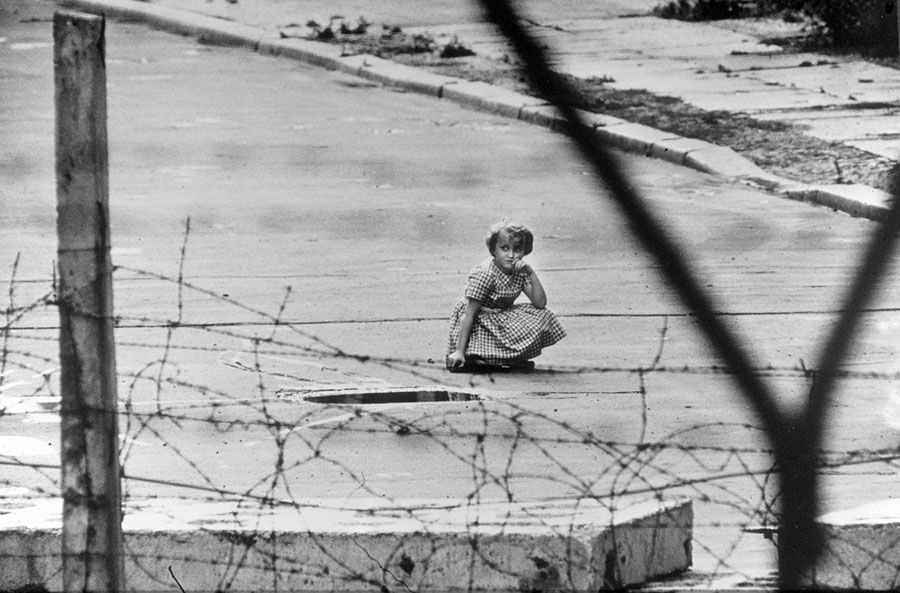
Original caption: “To give the impression of normality, East German authorities sent children to the base of the Berlin Wall to act as if they were at play. Berlin, 1962.” #
Flip Schulke / Getty

Dying Peter Fechter is carried away by East German border guards who shot him down when he tried to flee to the west in this August 17, 1962, photo. Fechter was lying in no-man’s land for 50 minutes before he was taken to a hospital, where he died shortly after arrival. #
AP

President John F. Kennedy stands before a huge crowd in West Berlin on June 26, 1963. Here he made his famous declaration: “Ich bin ein Berliner,” and pledged support to West Berlin against Communist threats. #
Bettmann / Getty

A photograph taken on August 10, 1966, of the system of walls, barriers, watchtowers, and an open “death strip,” along the border separating East and West Berlin, looking toward Brandenburg Gate, as seen from German Reichstag Building. #
Bettmann / Getty
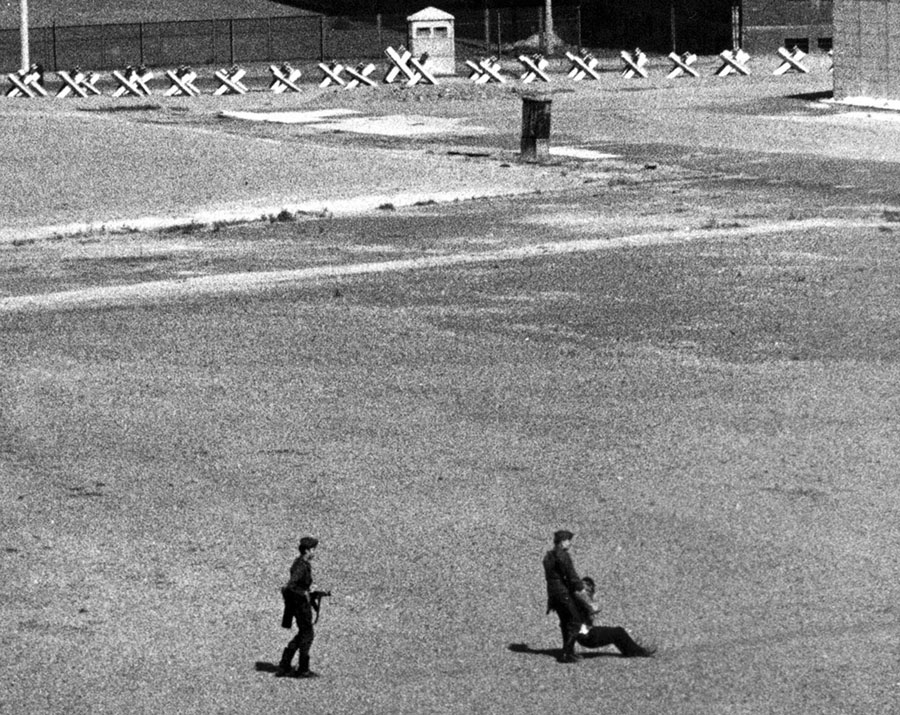
East German border guards carry away a refugee who was wounded by East German machine gun fire as he dashed through communist border installations toward the Berlin Wall in 1971. #
AP

In this photo taken on August 11, 1988, the year before the Berlin Wall came down, a message is seen painted on the wall: “Berlin becomes wall-free,” at Potsdamer Platz. A little more than a year later, on November 9, 1989, the wall finally came down. #
Andreas Schoelzel / AP

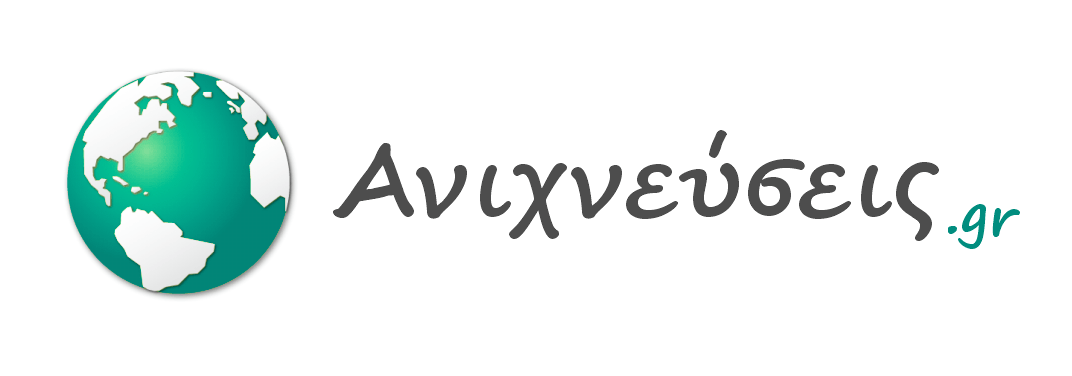

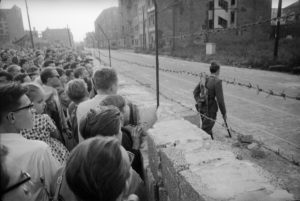







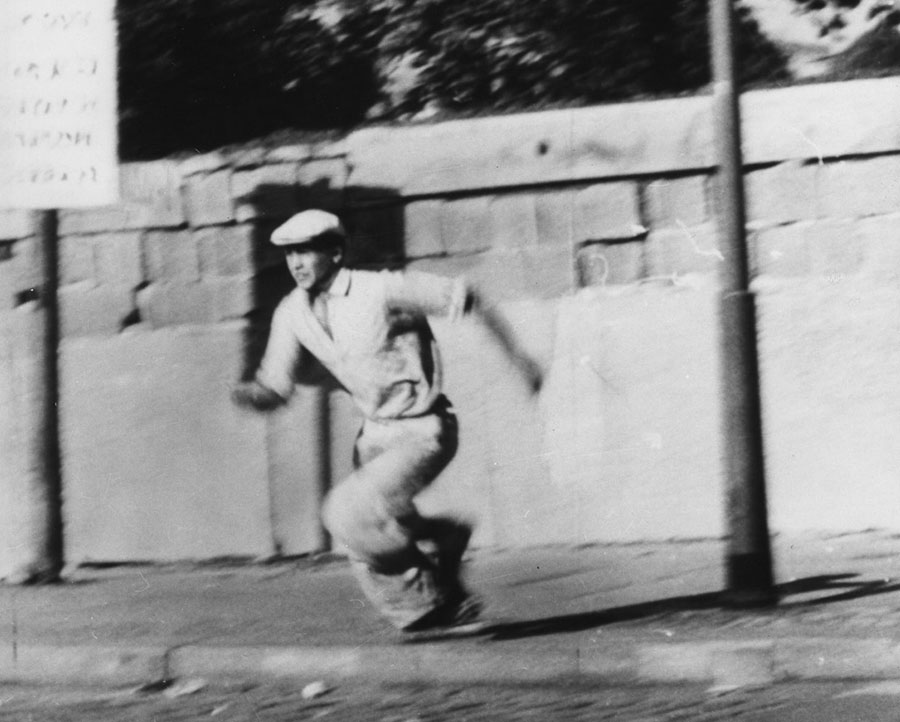





ΤΟ ΑΙΣΧΟΣ ΤΟΥ ΚΟΜΜΟΥΝΙΣΙΚΟΥ ”ΠΑΡΑΔΕΙΣΟΥ”.
ΚΑΙΡΟΣ ΓΙΑ ΝΑ ΤΟΝ ΞΕΧΑΣΟΥΜΕ ΟΡΙΣΤΙΚΩΣ ΜΕΤΑ ΤΟΝ ΝΑΖΙΣΜΟ ΚΑΙ ΤΟΝ ΦΑΣΙΣΜΟ ΤΟΥ ΜΕΣΟΠΟΛΕΜΟΥ.
Ο ΝΕΟΣ …ΙΣΜΟΣ ΘΑ ΕΠΙΒΛΗΘΕΙ ΜΕ ΤΟΝ ΑΛΓΟΡΙΘΜΟ ,ΑΛΛΑ ΔΕΝ ΘΑ ΕΧΕΙ ΤΕΙΧΗ ,ΠΑΡΑ ΜΟΝΟ ΑΠΟΚΛΕΙΣΜΟΥΣ.